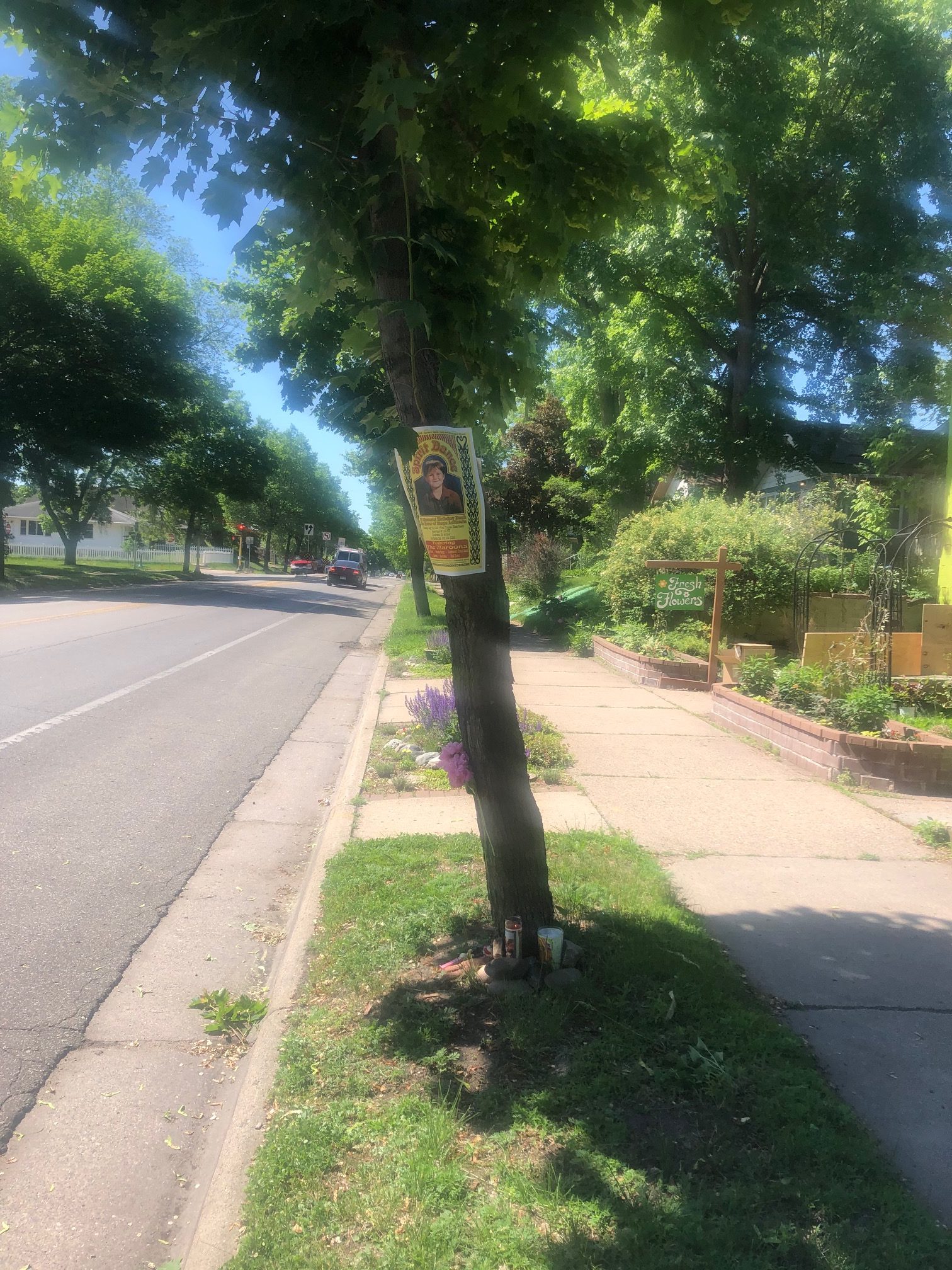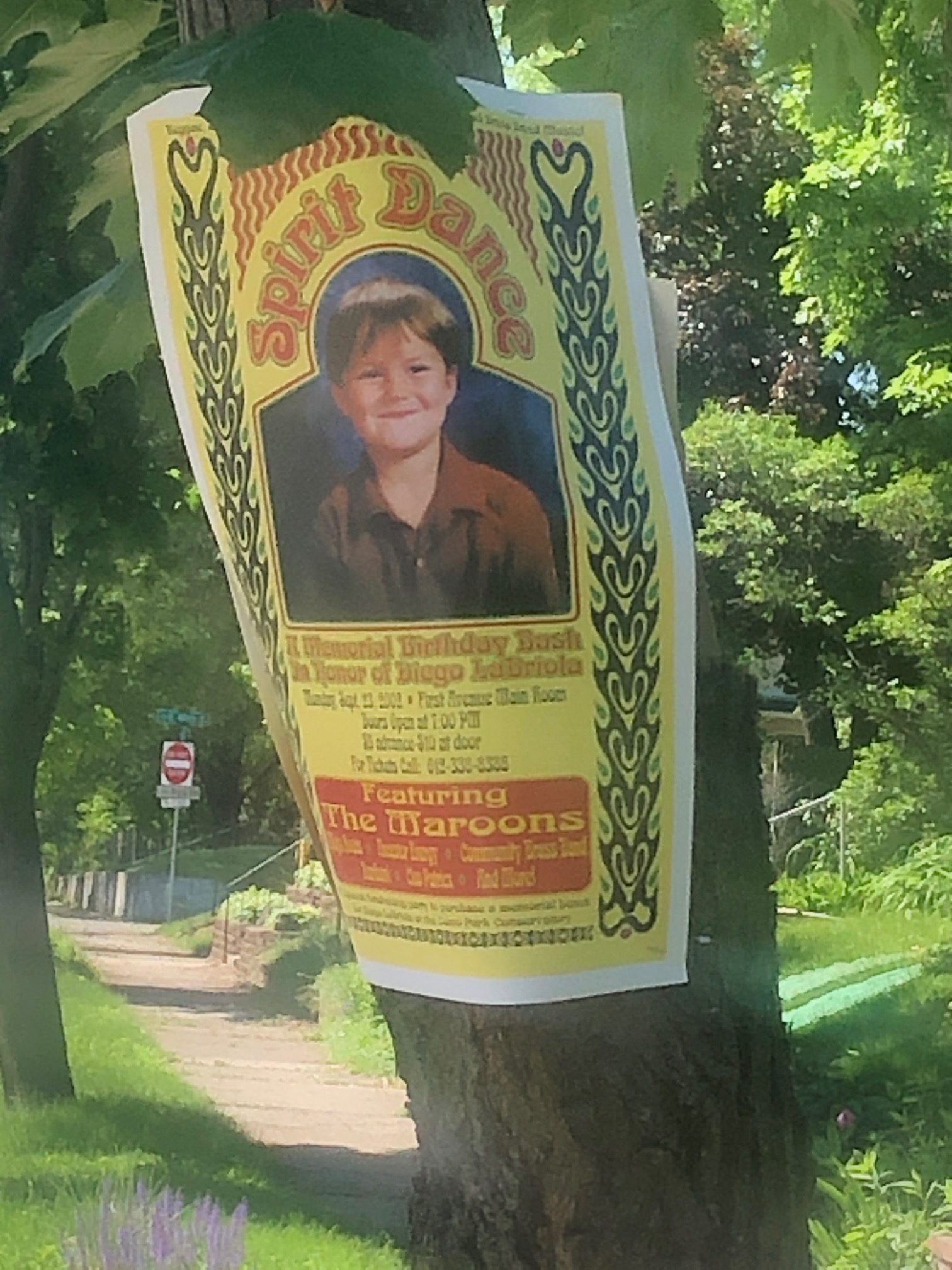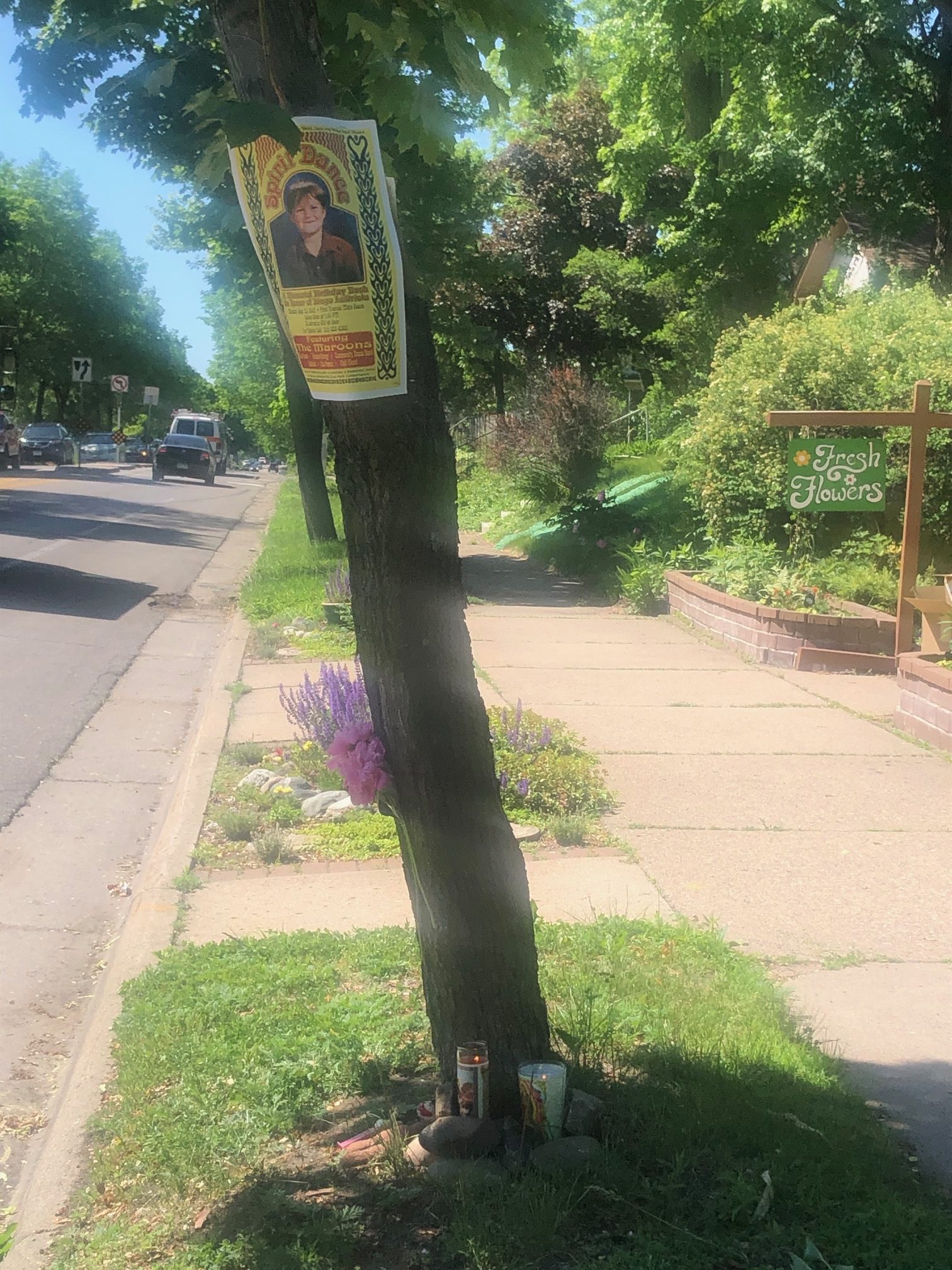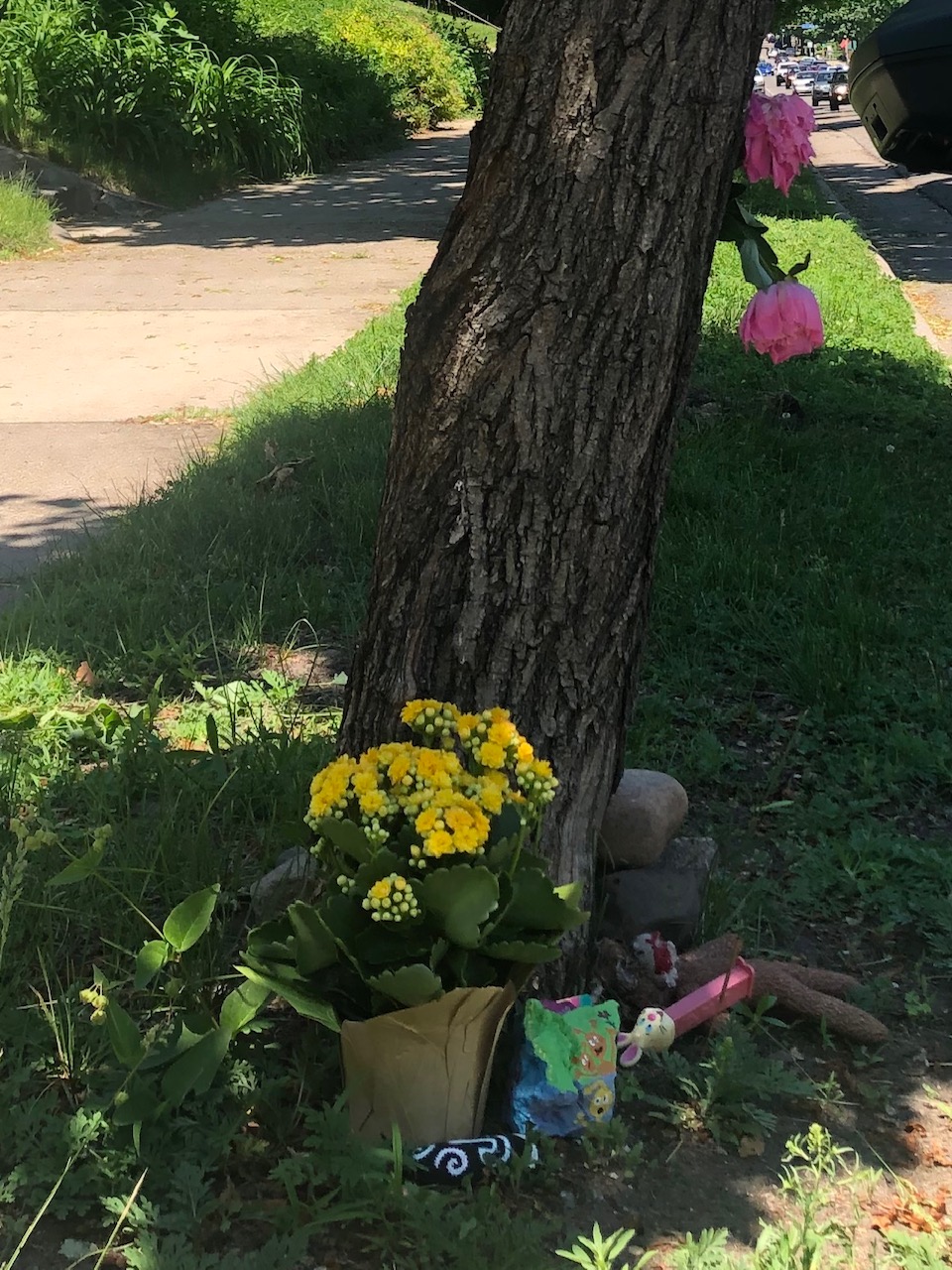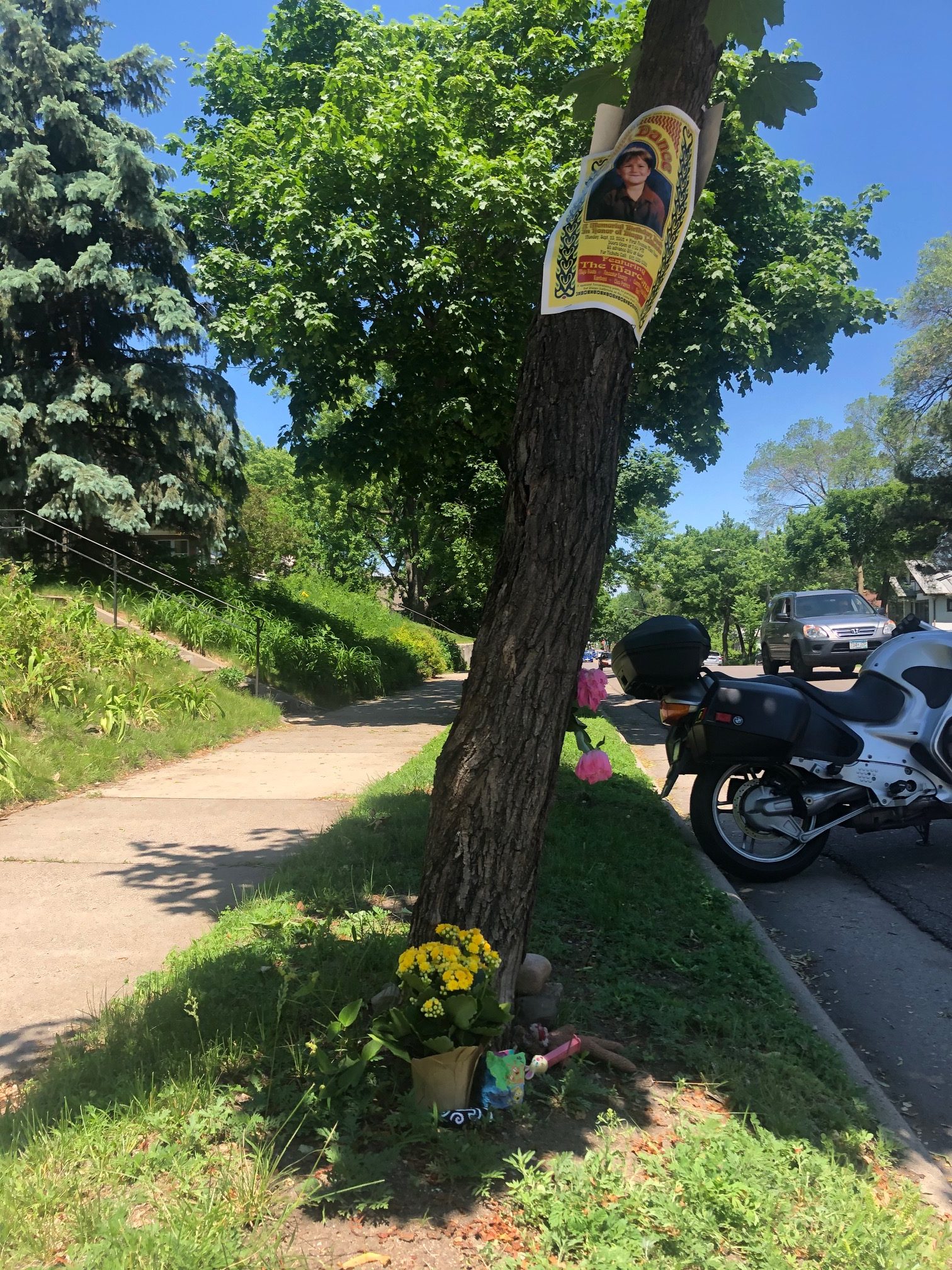Blog
The Cat’s Eye Nebula (NGC 6543) is one of the best known planetary nebulae in the sky. Its haunting symmetries are seen in the very central region of this stunning false-color picture, processed to reveal the enormous but extremely faint halo of gaseous material, over three light-years across, which surrounds the brighter, familiar planetary nebula. Made with data from the Nordic Optical Telescope in the Canary Islands, the composite picture shows extended emission from the nebula. Planetary nebulae have long been appreciated as a final phase in the life of a Sun-like star. Only much more recently however, have some planetaries been found to have halos like this one, likely formed of material shrugged off during earlier active episodes in the star’s evolution. While the planetary nebula phase is thought to last for around 10,000 years, astronomers estimate the age of the outer filamentary portions of this halo to be 50,000 to 90,000 years.
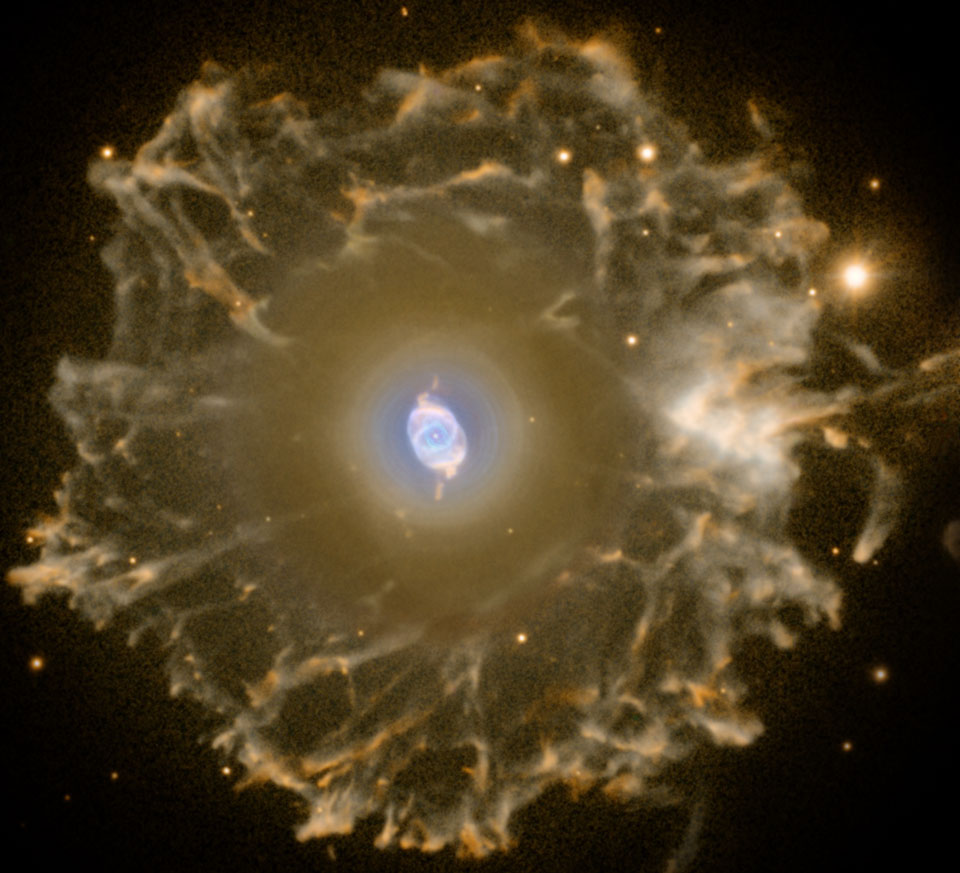
Prince Rogers Nelson (June 7, 1958 – April 21, 2016) was an American singer-songwriter, musician, record producer, dancer, actor, and filmmaker. A guitar virtuoso and multi-instrumentalist known for his eclectic genre-crossing work, flamboyant and androgynous persona, and his far reaching falsetto and high-pitched screams, Prince is regarded as one of the greatest musicians of his generation. His innovative music integrated a wide variety of styles, including funk, R&B, rock, new wave, soul, psychedelia, and pop. Prince pioneered the late 1970s Minneapolis sound, a funk rock subgenre drawing from synth-pop and new wave.
Born and raised in Minneapolis, Prince developed an interest in music as a young child and wrote his first song, “Funk Machine”, at the age of seven. He signed a recording contract with Warner Bros. Records at the age of 19, and released his debut album For You in 1978. Following up with his next four albums—Prince (1979), Dirty Mind (1980), Controversy (1981), and 1999 (1982)—Prince gained critical success, prominently showcasing his explicit lyrics as well as his blending of funk, dance, and rock music. In 1984, he began referring to his backup band as The Revolution and released his sixth album Purple Rain, which was also the soundtrack to his hugely successful film acting debut of the same name. It quickly became his most commercially successful record, spending 24 consecutive weeks atop the Billboard 200. The film itself was critically and commercially successful and also won the Academy Award for Best Original Song Score, the last film to receive the award.
Following the disbandment of The Revolution, Prince released the critically acclaimed double album Sign o’ the Times (1987). He released three more solo albums—Lovesexy (1988), the Batman soundtrack (1989), and the Graffiti Bridge soundtrack (1990)—before debuting his New Power Generationbacking band in 1991. In the midst of a contractual dispute with Warner Bros. in 1993, Prince changed his stage name to the unpronounceable symbol ![]() , known to fans as the “Love Symbol”, and began releasing new albums at a faster rate in order to quickly meet his contract quota and release himself from further obligations to the record label. He released five records between 1994 and 1996 before he signed with Arista Records in 1998. He began referring to himself as “Prince” again in 2000 and subsequently released 16 albums, including Musicology (2004), his most successful album of that decade. His final album, Hit n Run Phase Two, was first released on the Tidal streaming service in 2015.
, known to fans as the “Love Symbol”, and began releasing new albums at a faster rate in order to quickly meet his contract quota and release himself from further obligations to the record label. He released five records between 1994 and 1996 before he signed with Arista Records in 1998. He began referring to himself as “Prince” again in 2000 and subsequently released 16 albums, including Musicology (2004), his most successful album of that decade. His final album, Hit n Run Phase Two, was first released on the Tidal streaming service in 2015.
In April 2016, at the age of 57, Prince died of an accidental fentanyl overdose at his Paisley Park home and recording studio in Chanhassen, Minnesota. He sold over 100 million records worldwide, ranking him among the best-selling music artists of all time. He won seven Grammy Awards, seven Brit Awards, six American Music Awards, four MTV Video Music Awards, an Academy Award, and a Golden Globe Award. He was also honored with special awards including the Grammy President’s Merit Award, American Music Awards for Achievement and of Merit, and the Billboard Icon Award. He was inducted into the Rock and Roll Hall of Fame in 2004, the UK Music Hall of Fame in 2006, and the Rhythm and Blues Music Hall of Fame in 2016. In 2016, he was posthumously honored with a Doctor of Humane Letters by the University of Minnesota. Rolling Stone placed him among its list of both the 100 Greatest Artists of All Time and 100 Greatest Songwriters of All Time.[9] He is also ranked among Billboard‘s Top 100 Artists of All Time list.
more...Jonathan Paul Clegg, OBE, OIS (7 June 1953 – 16 July 2019) was a South African musician and anthropologist, some of whose work was in musicology focused on the music of indigenous South African peoples. His band Juluka began as a duo with Sipho Mchunu, and was the first group in the South African apartheid-era with a white man and a black man. The pair performed and recorded, later with an expanded lineup.
In 1986 Clegg founded the band Savuka, and also recorded as a solo act, occasionally reuniting with his earlier band partners. Sometimes called Le Zoulou Blanc (French: [lə zulu blɑ̃], for “The White Zulu“), he was an important figure in South African popular music and one of the most prominent white figures in the resistance to apartheid, becoming for a period the subject of investigation by the Security Branch of the South African Police(SAP-SB). His songs mixed English with Zulu lyrics, and also combined idioms of traditional African music with those of modern Western styles.
more...Harold Floyd “Tina” Brooks (June 7, 1932 – August 13, 1974) was an American hard bop, blues, and funk tenor saxophonist and composer.
Harold Floyd Brooks was born in Fayetteville, North Carolina, and was the brother of David “Bubba” Brooks. The nickname “Tina”, pronounced Teena, was a variation of “Teeny”, a childhood moniker. His favourite tune was “My Devotion”. He studied harmony and theory with Herbert Bourne.
Initially, he studied the C-melody saxophone, which he began playing shortly after he moved to New York with his family in 1944. Brooks’ first professional work came in 1951 with rhythm and blues pianist Sonny Thompson, and in 1955 Brooks played with vibraphonist Lionel Hampton. Brooks also received less formal guidance from trumpeter and composer “Little” Benny Harris, who led the saxophonist to his first recording as a leader. Harris, in fact, was the one who recommended him to Blue Note producer Alfred Lion in 1958.
Brooks is best known for his work for the Blue Note label between 1958 and 1961, recording as a sideman with Kenny Burrell, Freddie Hubbard, Jackie McLean, Freddie Redd, and Jimmy Smith. Around the same period, Brooks was McLean’s understudy in The Connection, a play by Jack Gelber with music by Redd, and performed on an album of music from the play on Felsted Records, a session which also featured Howard McGhee.
more...Talmage Holt Farlow (June 7, 1921 – July 25, 1998) was an American jazz guitarist. He was nicknamed “Octopus” because of how his large, quick hands spread over the fretboard. As Steve Rochinski notes, “Of all the guitarists to emerge in the first generation after Charlie Christian, Tal Farlow, more than any other, has been able to move beyond the rhythmic, melodic, and harmonic vocabulary associated with the early electric guitar master. Tal’s incredible speed, long, weaving lines, rhythmic excitement, highly developed harmonic sense, and enormous reach (both physical and musical) have enabled him to create a style that clearly stands apart from the rest.” Where guitarists of his day combined rhythmic chords with linear melodies, Farlow placed single notes together in clusters, varying between harmonically enriched tones. As music critic Stuart Nicholson put it, “In terms of guitar prowess, it was the equivalent of Roger Bannister breaking the four-minute mile.”
Talmage Holt Farlow was born in Greensboro, in 1921. He taught himself how to play guitar, which he started when he was twenty-two years old. He learned chord melodies by playing a mandolin tuned like a ukulele. He said playing the ukulele was the reason he used the higher four strings on the guitar for the melody and chord structure, with the two bottom strings for bass counterpoint, which he played with his thumb. His only professional training was as an apprentice sign painter. He requested the night shift so he could listen to big band standards on the shop radio. He listened to Bix Beiderbecke, Louis Armstrong, and Eddie Lang. His career was influenced by hearing Charlie Christian playing electric guitar with the Benny Goodman band. He said he made his own electric guitar because he couldn’t afford one.
Farlow employed artificial harmonics and tapped his guitar for percussion, creating a flat, snare drum sound or a hollow backbeat like the bongos.His large, quick hands earned him the nickname “The Octopus”.
He caught the public’s attention in 1949 when he was in a trio with Red Norvo and Charles Mingus. In 1953, he was a member of the Gramercy Five led by Artie Shaw, and two years later he led his own trio with Vinnie Burke and Eddie Costa in New York City. After getting married in 1958, he partially retired and settled in Sea Bright, New Jersey, returning to a career as a sign painter. He continued to play occasional dates in local clubs. In 1962 the Gibson Guitar Corporation, with Farlow’s participation, produced the “Tal Farlow” model. He made one album as a leader from 1960–1975.
https://www.youtube.com/watch?v=dfCeobHexxo
more...https://www.youtube.com/watch?v=pLyJnpWsX1s
more...Comet PanSTARRs, C/2017 T2, shared this stunning telescopic field of view with galaxies M81 and M82 on May 22/23. Of course, the galaxies were some 12 million light-years distant and the comet about 14 light-minutes away, seen in planet Earth’s sky toward the Big Dipper. A new visitor from the Oort Cloud, this Comet PanSTARRs was discovered in 2017 by the PanSTARRs survey telescope when the comet was over 1 light-hour from the Sun, almost as distant as the orbit of Saturn. With a beautiful coma and dust tail, this comet has been a solid northern hemisphere performer for telescope wielding comet watchers this May, following its closest approach to the Sun on May 4. In this deep image from dark California skies the outbound comet even seems to develop a short anti-tail as it leaves the inner Solar System.
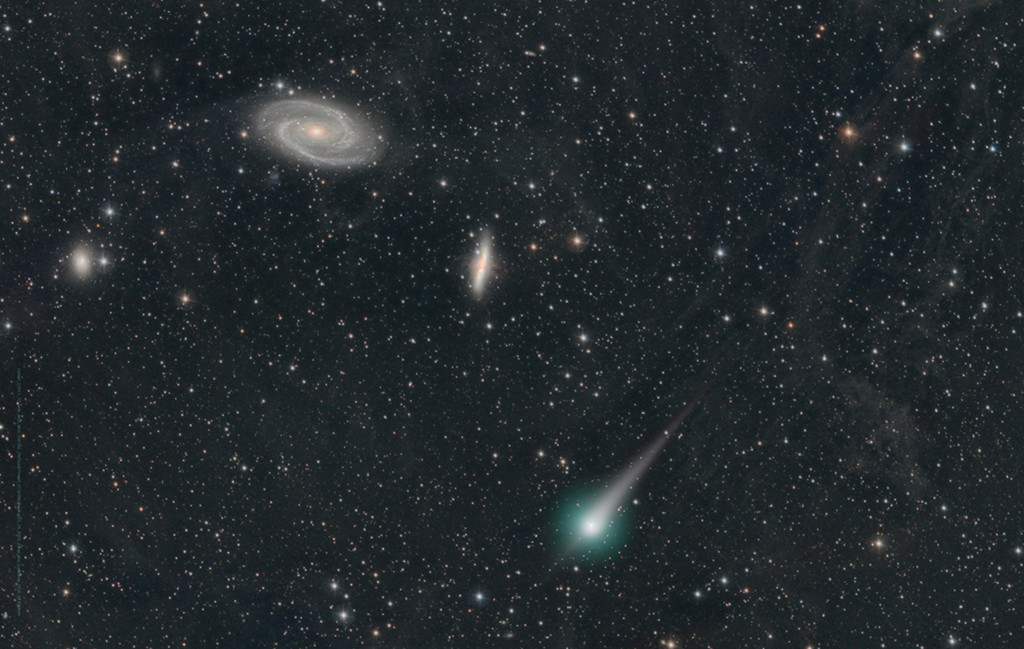
more...
Montgomery Bernard “Monty” Alexander (born 6 June 1944) is a Jamaican jazz pianist. His playing has a Caribbean influence and bright swinging feeling, with a strong vocabulary of bebop jazz and blues rooted melodies. He was influenced by Louis Armstrong, Duke Ellington, Nat King Cole, Oscar Peterson, and Frank Sinatra. Alexander also sings and plays the melodica. He is known for his surprising musical twists, bright rhythmic sense, and intense dramatic musical climaxes. Monty’s recording career has covered many of the well known American songbook standards, jazz standards, pop hits, and Jamaican songs from his original homeland. Alexander has resided in New York City for many years and performs frequently throughout the world at jazz festivals and clubs.
Alexander was born on 6 June 1944 in Kingston, Jamaica. He discovered the piano when he was four years old and seemed to have a knack for picking melodies out by ear. His mother sent him to classical music lessons at the age of six and he became interested in jazz piano at the age of 14. He began playing in clubs, and on recording sessions by Clue J & His Blues Blasters, subbing for Aubrey Adams, whom he describes as his hero, when he was unable to play. Two years later, he directed a dance orchestra (Monty and the Cyclones) and played in the local clubs covering much of the 1960s early rock and pop dance hits. Performances at the Carib Theater in Jamaica by Louis Armstrong and Nat King Cole left a strong impression on the young pianist.
Alexander and his family moved to Miami, Florida, in 1961, where he played in various nightclubs. One night Monty was brought to the attention of Frank Sinatra and Frank’s friend Jilly Rizzo. They were there to see the act in the next room, a Sinatra imitator. Somebody suggested they also check out the kid playing piano in the front room bar, “He’s swinging the room pretty good” they said. Thus, Monty was invited to New York City in 1962 to become the house pianist for Jilly Rizzo‘s night club and restaurant simply called “Jilly’s.” In addition to performing with Frank Sinatra there,Alexander also met and became friends with bassist Ray Brown and vibist Milt Jackson. He also became friendly with Miles Davis, both men sharing a love of watching boxing matches.
In Los Angeles, in 1964, Alexander recorded his first album, Alexander the Great, for Pacific Jazz at the age of 20. The album was very energetic and upbeat with the climax tune being “Blues for Jilly”.
more...Bongos Ikwue, the music legend was born in Otukpo, Benue State, Nigeria, on the 6th of June 1942. In 1956, he attended St, Paul’s Secondary school in Zaria, Nigeria, where his friends called him “Forge” because he was always making up (forging) and singing his own songs. In 1962, While at Okene Comprehensive Secondary School, he formed a group called Cubana Boys with two other young boys, after which he headed off to the Ahmadu Bello University (ABU), also in Zaria, Kaduna State, where he studied Business Administration.
While in ABU, he created his own band, called UniBello Brothers and also sang in a folk group, which was made up of university lecturers during which time, a chemistry lecturer, Mrs. Harmony taught him some Irish songs. In 1967 he founded and headed the Groovies band, which became extremely popular in the 1970’s through to the 80’s.
Many love him for his soulful, folksy songs, the most popular of which includes: Cockcrow At Dawn, Still Searching, Amen, Otachikpokpo and a host of others. His dedication to his music was obvious due to the high quality of the albums he churned out, and due to the sheer elegance and the electrifying energy of his live performances, where the band was always on key, and the musician himself was always true to every note. His ability to stay on the right note is an indicator of his hard work as a musician.
Apart from the raw beauty of his finely honed voice, another thing that set the musical genius apart is his dedication to the promotion of Africa and African values, by his continuous use of his native Idoma language in his songs. He is well loved by a vast majority of Nigerians with a fan base that cuts across language barriers and ethnic tension; he also has an international fan base. This is mainly because Bongos’ music genre is not easily deciphered. He is also a master of the African ideals he chooses to express.
Bongos Ikwue was always original; he never tried to imitate any artist, local or international and focused on perfecting his chosen genre. He takes his time in the studio in order to affect the perfect melody for his songs, often rewriting his music until it was exactly right. The icon never rushed to produce any song and it is this conscientiousness that ensured that he produced hit after hit without fail.
more...Grant Green (June 6, 1935 – January 31, 1979) was an American jazz guitarist and composer.
Recording prolifically for Blue Note Records as both leader and sideman, Green performed in the hard bop, soul jazz, bebop, and Latin-tinged idioms throughout his career. Critics Michael Erlewine and Ron Wynn write, “A severely underrated player during his lifetime, Grant Green is one of the great unsung heroes of jazz guitar … Green’s playing is immediately recognizable – perhaps more than any other guitarist.” Critic Dave Hunter described his sound as “lithe, loose, slightly bluesy and righteously groovy”. He often performed in an organ trio, a small group with an organ and drummer.
Apart from guitarist Charlie Christian, Green’s primary influences were saxophonists, particularly Charlie Parker, and his approach was therefore almost exclusively linear rather than chordal. He thus rarely played rhythm guitar except as a sideman on albums led by other musicians. The simplicity and immediacy of Green’s playing, which tended to avoid chromaticism, derived from his early work playing rhythm and blues and, although at his best he achieved a synthesis of this style with bop, he was essentially a blues guitarist and returned almost exclusively to this style in his later career.
Grant Green was born on June 6, 1935 in St. Louis, Missouri to John and Martha Green. His father was at various times a laborer and a Saint Louis policeman.
Green first performed in a professional setting at the age of 13 as a member of a gospel music ensemble. His influences were Charlie Christian, Charlie Parker, Lester Young, and Jimmy Raney, he first played boogie-woogie before moving on to jazz. His first recordings in St. Louis were with tenor saxophonist Jimmy Forrest for the United label, where Green played alongside drummer Elvin Jones. Green recorded with Jones for several albums in the mid-1960s. In 1959, Lou Donaldson discovered Green playing in a bar in St. Louis hired him for his touring band. Green moved to New York a some point during 1959–60.
more...James Melvin Lunceford (June 6, 1902 – July 12, 1947) was an American jazz alto saxophonist and bandleader in the swing era. Lunceford was born on a farm in the Evergreen community, west of the Tombigbee River, near Fulton, Mississippi. The 53 acre farm was owned by his father, James. His mother was Idella (“Ida”) Shumpert of Oklahoma City, an organist of “more than average ability”. Seven months after James Melvin was born, the family moved to Oklahoma City. The family next moved to Denver where Lunceford went to high school and studied music under Wilberforce J. Whiteman, father of Paul Whiteman, whose band was soon to acquire a national reputation. As a child in Denver, he learned several instruments. After high school, Lunceford continued his studies at Fisk University. In 1922, he played alto saxophone in a local band led by the violinist George Morrison which included Andy Kirk, another musician destined for fame as a bandleader.
more...The most important month in the Tibetan lunar calendar is Saga Dawa, the 4th month. This year Saga Dawa starts on May 23, 2020, and runs until June 21.
The 15th day of this lunar month, the full moon day is called. Düchen means “great occasion” and this day is the holiest day of the year for Tibetan Buddhists. This year, Saga Dawa Düchen falls on June 5, 2020. Saga Dawa Düchen commemorates the birth, enlightenment, and parinirvana of Buddha Shakyamuni. In other Buddhist traditions, it is known as Vesak or is sometimes called Buddha Day.
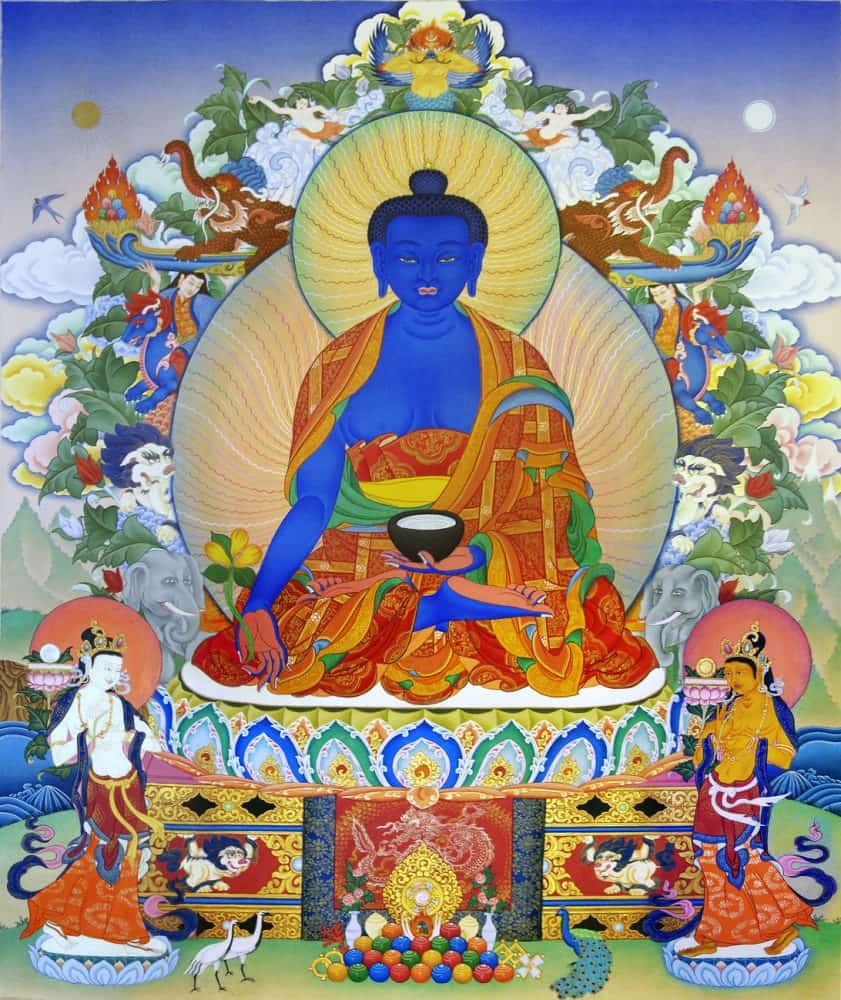
Memorial Vigil for Diego Friday 6-5-20 @ 3932 Cedar Ave S. Please visit the site and leave something for Diego or visit his web site https://diego-labriola.virtual-memorials.com
On June 2nd of 2002 Diego LaBriola was struck by a vehicle in front of 3932 Cedar Ave in south Minneapolis, Minnesota; and died on June 5th. Diego was an organ donor. Diego was a radiant beam of pure Love and inexhaustible energy. His excitement for life was as contagious as his beautiful smile. One could see the unfolding Love of the Universe while gazing in his intense eyes.
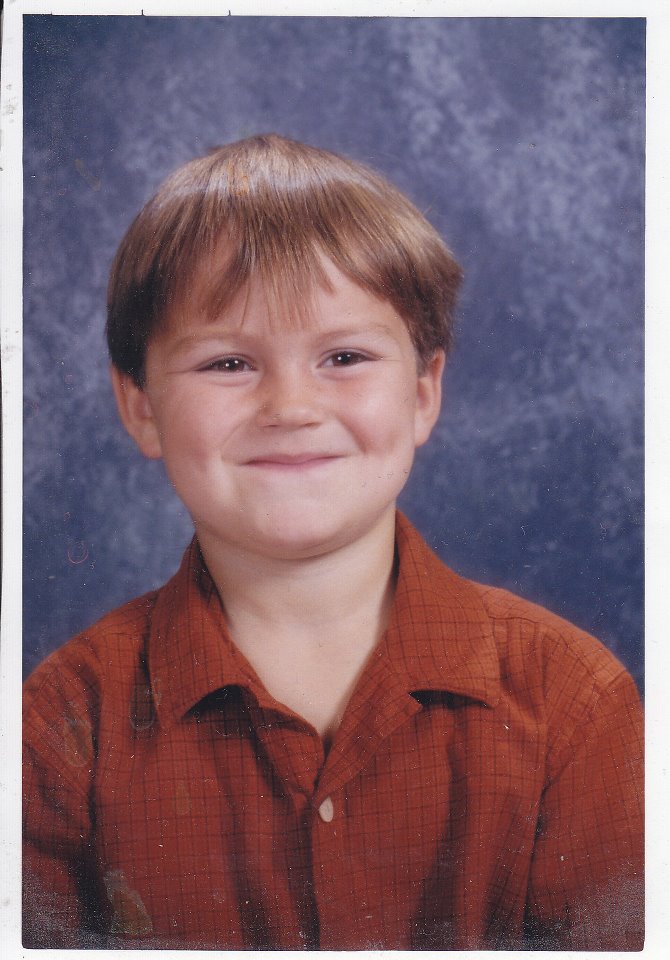
Messier 81 (also known as NGC 3031 or Bode’s Galaxy) is a grand design spiral galaxy about 12 million light-years away, with a diameter of 90,000 light years, about half the size of the Milky Way, in the constellation Ursa Major. Due to its proximity to Earth, large size, and active galactic nucleus(which harbors a 70 million M☉ supermassive black hole), Messier 81 has been studied extensively by professional astronomers. The galaxy’s large size and relatively high brightness also makes it a popular target for amateur astronomers.
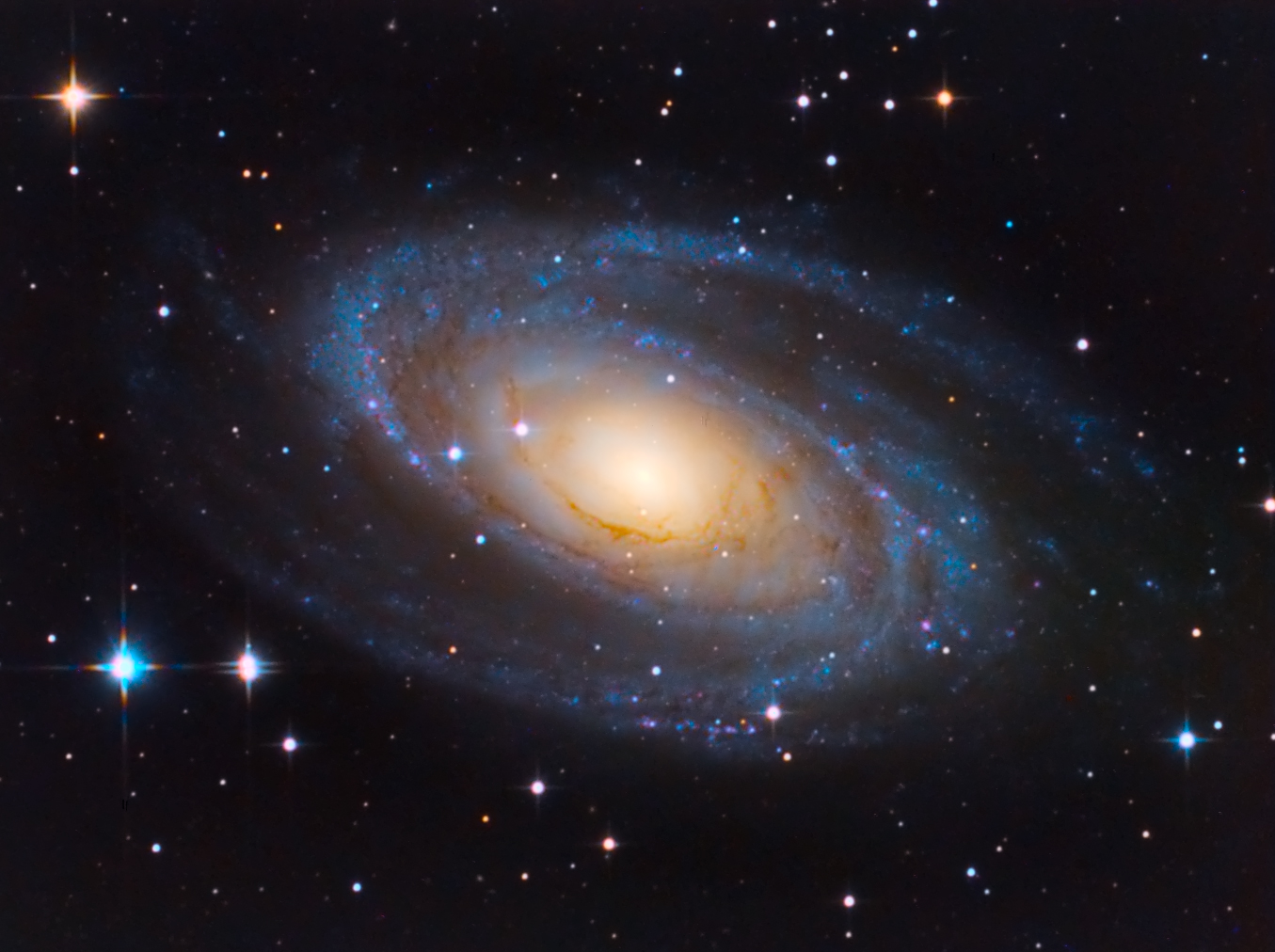
More Posts
- Cozy Cole Day
- Barney Kessel Day
- World Music with Vishnu Chandramohan
- Daily Roots with Sam Carty
- The Cosmos with NGC 6670
- Roy Hargrove Day
- Carmen Sevilla Day
- Big Joe Williams Day
- World Music with Bashmir Ahmed
- Daily Roots with Zoot Simms
- The Cosmos with the Milky Way
- Fela Kuti Day
- Nellie Lutcher Day
- Mickey Baker Day
- World Fusion with Fanfara Station
- Daily Roots with Burning Spear
- Rhythm Roots Workshop @ Wilder Community Center for Aging
- Happy Indigenous Peoples Day 2019
- The Cosmos with ARP 274
- Duško Gojković Day
